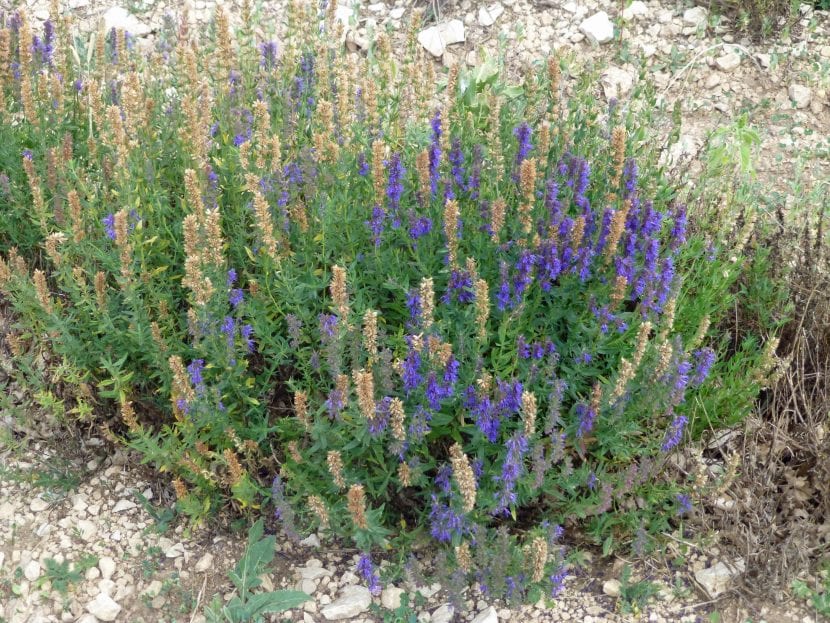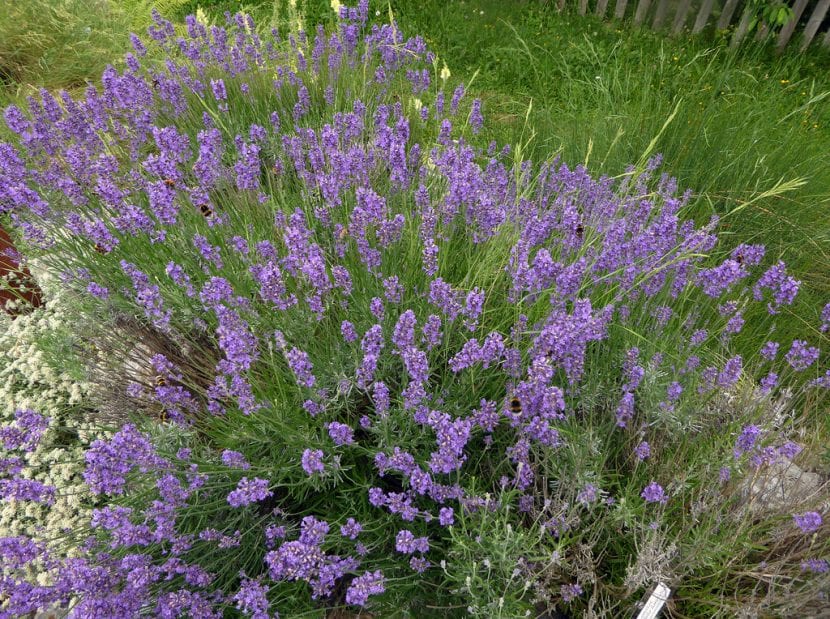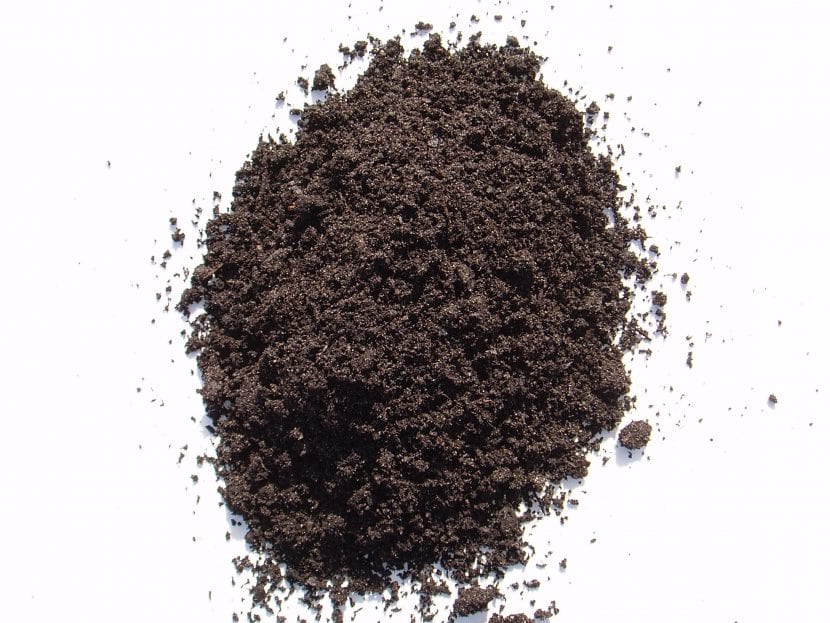
The plants known by the name lavender are wonderful: not only are they pretty and hardy, but they also have various medicinal uses that cannot be ignored. The species that I am going to present you next is the Lavandula broadleaf.
It is a very interesting shrub that will surely give you great satisfaction. Discover all its secrets.
Origin and characteristics

Image - Flickr / Paco Garin
Our protagonist is an evergreen shrub (this word can create some confusion, since the leaves do not last forever, but rather they gradually fall as they grow new) originally from the Old Continent, specifically from Spain, southern Spain. England and France. In the case of the Spanish country, it grows in the Pyrenees and in the mountains that separate Valencia from Aragon and Catalonia. Its scientific name is Lavandula broadleaf, but you probably know it more as lavender.
It reaches a height of about 80cm, and develops the bearing of a bush. The leaves are linear-oblong in shape and are about 10cm long. The flowers appear grouped in inflorescences in the shape of a terminal spike, they are hermaphroditic, perfumed and blue or purple in color. It blooms in summer (specifically, during the month of August in the northern hemisphere).
The plant gives off a camphor odor.
What are their cares?
If you want to have a copy, we recommend that you provide it with the following care:
Location
Place your Lavandula broadleaf outside, in full sun. It may be in semi-shadow, but it is important that the light of the sun shine directly at least 4 hours / day.
Earth

The land will depend on where it is planted:
- Flower pot: universal growing medium alone or mixed with 30% perlite. You can get the first here and the second here.
- Garden: it is indifferent as long as it has good drainage, as it does not tolerate waterlogging.
Irrigation
The frequency of irrigation will also vary depending on where we have it:
- Flower pot: 2 times a week, a little less in winter.
- Garden: during the first year it is advisable to water 2-3 times a week, a little less in winter; From the second onwards, the risks can be spread out.
Subscriber
From early spring to early fall must be paid with ecological fertilizers. In case of having it in a pot, liquid fertilizers will be used so that the drainage continues to be good.
Multiplication
La Lavandula broadleaf multiplies by seeds in spring. The step by step to follow is as follows:
- First, a pot of about 10,5 cm in diameter is filled with universal growing medium.
- Afterwards, it is watered conscientiously, leaving the soil well soaked.
- Then, the seeds are spread on the surface, ensuring that they are a little separated from each other.
- They are then covered with a thin layer of substrate.
- Finally, it is watered again, this time with a sprayer, and placed outside, in full sun.
Thus, keeping the earth moist -not flooded-, seeds will germinate in 2-3 weeks.
Plagues and diseases
It's very tough. In fact, more than a victim of pests, it is usually the one that repels them 😉 (you have more information below). Even so, if the growing conditions are not suitable we could see some cottony mealybugs, but nothing that cannot be removed with a hand or a swab from the ears soaked in pharmacy alcohol.
Rusticity
It can be grown outdoors all year long as long as the minimum temperature does not drop below the -10ºC.
What uses does it have?
Ornamental
La Lavandula broadleaf it is a very decorative plant. Not only does it produce beautiful lilac flowers, but it also produces it is the perfect height so that it can be used to mark paths or paths in the garden. Of course, it is also great to have in a pot, either in a plastic or a clay pot. Likewise, it is spectacular in large planters, those that are 1 meter long or more, along with other species of lavender or with other plants that are more or less the same size.
Medicinal
It has analgesic, bactericidal, viral, fungicidal, healing, soothing and regenerating properties of the skin.. Therefore, it is used in all these cases:
- Burns
- Wounds
- Skin infections
- Acne
- Insect bites
- Stinging
- Respiratory tract infections (sinusitis, flu, bronchitis, angina; also rhinitis)
- Migraines and neuralgia
- Gynecological herpes and mycoses
Contraindications
Women who are pregnant or who think they are can not consume it under any circumstances, except when it is used externally as a poultice.
Repellent
All species of lavender are used as repellents from insects, such as mosquitoes or aphids. From my own experience I can tell you that when there is a plague of those terrible and annoying mosquitoes in the garden every summer, it is very calm where I have lavenders 🙂.
And with this I end. What did you think of Lavandula broadleaf? Do you dare to have some specimens in your garden? Surely you would not regret it. Also, now you know how to take care of it to enjoy it from day one. 😉

Good afternoon. When is the best time to prune lavender and how should it be done?
Hello Jose.
Lavender is pruned either in late winter or fall. To do this, pruning shears are used and the height of the plant is lowered to where desired (yes, no more than 70% since they do not have to be left without leaves 🙂).
What I do with mine is cut them in half, once every 2 or 3 years. But you can also choose to trim those stems that have grown too long, giving the plant a rounded shape.
A greeting.
Good morning, is there a way to prevent the plants from opening?
I get very unaesthetic open "buds".
Hello José Antonio.
It depends on the size of the plant 🙂 If it measures 40 or 50cm, you can give it a drastic pruning, lowering its height by almost half, and it would quickly remove lower twigs that would give it a more rounded and compact shape.
But if it is a young specimen, about 20cm, it is better not to do anything at the moment.
A greeting.